
views

Wear protective gear. The soot can get into your eyes and lungs, causing irritation. Depending on the cause of the fire, chemicals from the soot may even burn your skin. Harsher chemical solutions can pose a safety hazard, as well. Wear eye goggles. Wear gloves. Rubber dish gloves that extend up to your elbow offer the best protection, but disposable latex gloves will also work. Wear a dust mask over your mouth and nose. Throw on a long sleeves and long pants, but choose clothing that you do not mind getting dirty. There is a good chance that soot may get on you clothing at some point during the cleaning process.

Keep the area well-ventilated. Leave doors and windows open. If possible, you should even run a small electric fan. Good ventilation will rid the air irritants from soot and cleaners, and it will also help to remove the burnt odor that accompanies the soot.

Protect clean areas of the kitchen. As you clean your cabinets, soot may fall off and dirty unprotected areas. Remove any clean appliances or furniture, especially those that are near the cabinets you need to wash, and place plastic sheeting or aluminum foil over clean counters and other unaffected, non-removable surfaces.

Vacuum up loose soot. Use a plain nozzle or smooth hose, rather than a brush attachment. Hold the nozzle about the soot, getting as close as possible without actually touching the surface of the soot or the cabinets. If you rub the nozzle over the soot, you may work it further into the wood of the cabinets and create a stain.
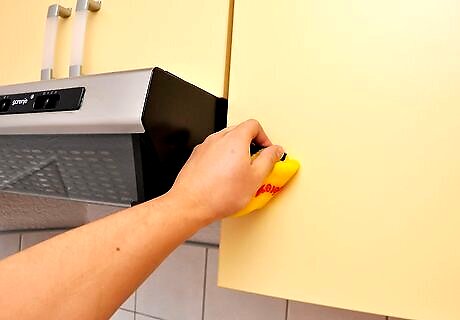
Wipe away the soot with a dry soot sponge. Due to the oil-based properties of soot—especially soot from kitchen fires—plain water typically smears the soot and worsens the problem. Dry soot sponges are specially designed to remove greasy soot without the use of water. Drag the sponge over the soot stain in straight, unstopping lines.
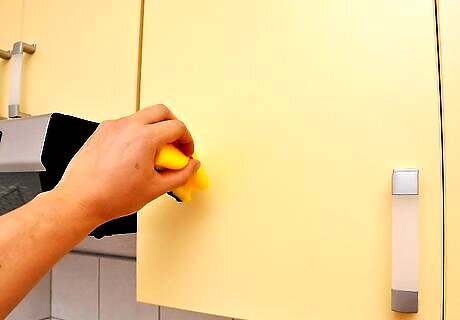
Rotate and cut away portions of the sponge as necessary. As you use the dry sponge, it should blacken as it picks up more and more soot. When it does blacken, however, it becomes less effective. Turn the dry sponge over to another side once the first becomes too dirty to use. Keep turning the sponge until all sides are dirtied. Cut away 1/4-inch sections of the dry sponge using a sharp knife once all sides are blackened. Cutting away the dirtied areas should reveal additional clean, usable portions of sponge.
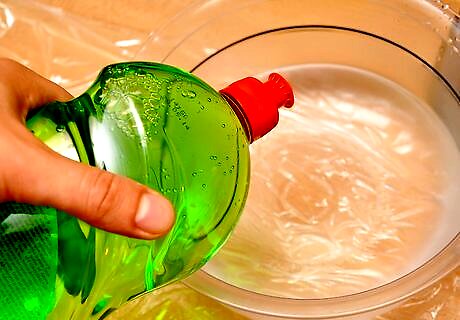
Combine a degreasing detergent with warm water. Dish detergents with a degreasing formula work notably well due to the greasy nature of soot produced by kitchen fires. Many other household cleaning detergents will also work well on treated wood cabinets, however. Mix 1/4 cup detergent into half a bucket of hot water and stir vigorously to combine.
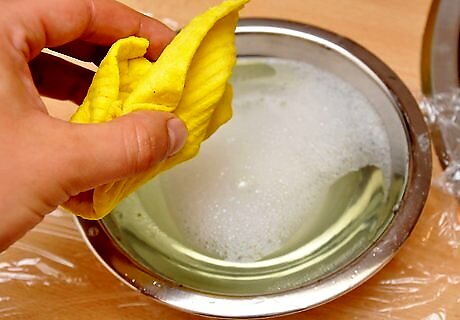
Use a soft rag to wipe the cabinets down with the solution. Dip the clean rag into the soapy solution, wring out excess water, and wipe it over the soot in a smooth, straight line. Repeat as necessary until you have wiped the solution over the entire soot-covered area of the cabinet. Note that you may need to wash the cabinets down with this solution several times before it removes the majority of the soot.
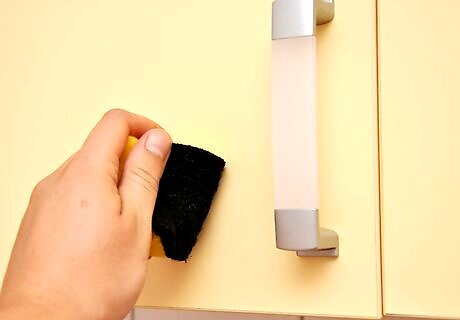
Lightly wipe away the soot with steel wool. If washing your cabinets with a rag did not remove enough of the soot, the stain may be severe enough to warrant the use of steel wool. Only apply a light pressure, however, and swipe the wool over the cabinet working with the grain, rather than going against it. Going against the grain or applying a forceful pressure could cause scratches and may dull the wood.
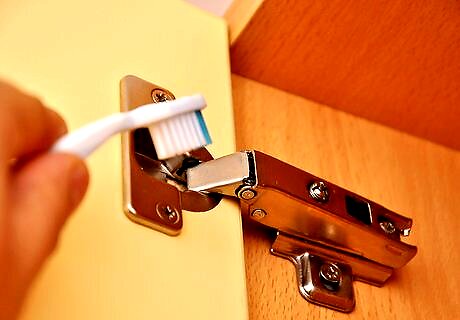
Scrub the metal hinges with a toothbrush. Dip a clean, stiff toothbrush into the detergent and water solution. With the door still closed, carefully scrub the hinges with the soapy toothbrush, going from highest to lowest.
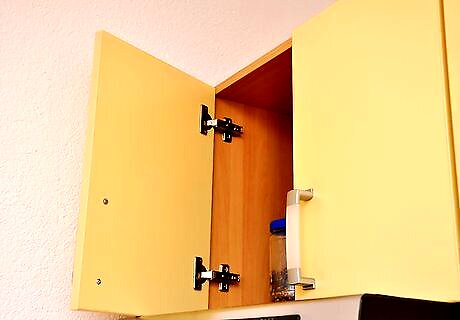
Open the cabinet and scrub the hinges again. Re-soak the toothbrush in the soapy solution. Scrub the interior of the hinges, from highest to lowest, the same way you scrubbed the exterior of them.

Dilute trisodium phosphate with warm water. For severe stains, a degreasing detergent may not be a powerful enough cleanser to remove soot. TSP is a very strong, harsh cleaner that often proves highly effective against soot and other smoke damage. One tablespoon of TSP dissolved into one gallon of warm water should be potent enough to do the job.

Wipe the cabinets down with this new solution. Dip a clean rag into the TSP solution, wring out the excess, and wipe it across the soot-covered portions of the cabinet. Keep wiping your cabinets down using straight lines, back and forth, until you have passed over the entire stain.
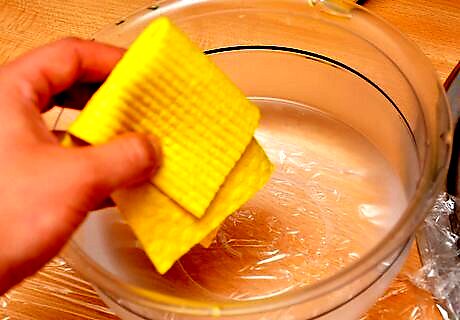
Rinse the solution off with warm water. Dip a clean rag into a bucket of clean, warm water, and wipe down the cabinets once more. This step is important regardless of whether you only used the detergent solution or if you also had to resort to the TSP solution. Soap grime and TSP residue can both have harmful effects on the wood of your kitchen cabinets if allowed to soak in for prolonged periods of time. Residual amounts of these solutions could also irritate your skin and eyes if they should come into contact with them after the cleaning process is over; moreover, the residue poses an especially grave risk if it comes into contact with any food you store or prepare in your kitchen.
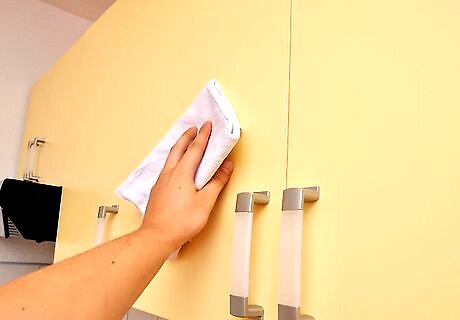
Dry your cabinets completely. Use a soft, dry cloth and wipe off excess moisture by dragging it across the cabinets in straight, back and forth lines. Run the cloth over the cabinets again using small circular motions to buff and polish the wood.











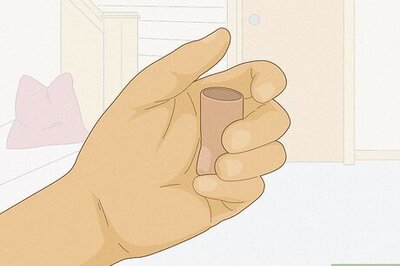





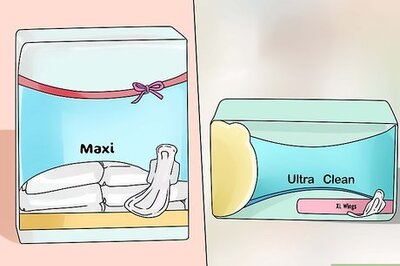

Comments
0 comment